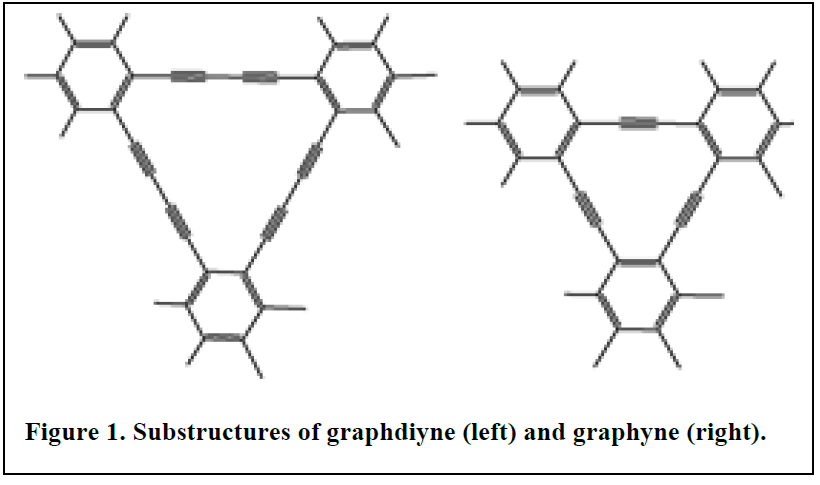| Project Leader: Andrzej Szczurek, PhD | Project period: 2017 - 2021 |
| Project funding: SONATA BIS 6, NCN | |
| Project description: Paraphrasing Michael Jackson’s evergreen, ‘We are the Carbon’. Carbon builds our world, builds us. The organic chemistry is often called the chemistry of carbon. But what exactly carbon is? It is a chemical element with atomic number 6 and molecular weight 12.011. As a member of group 14th in the periodic table, it is non-metallic and tetravalent, so it has four electrons available for making covalent bonds. There are three naturally occurring isotopes of carbon: 12C and 13C being stable, and 14C which is radioactive with a half-life of 5730 years. The carbon atom has the unique ability to form bonds with other carbon atoms, as well as with other elements, leading to an infinite number of chemical compounds. The family of carbon materials is enormous, carbon has several allotropic forms, varying in crystallographic and chemical structure as well as physical appearance, see graphite and diamond. Many of carbon based materials have found practical applications. Ordered mesoporous carbons have been presented as those most promising materials for electrochemical storage applications. The adsorption of microwave radiation is successfully ensured by cellular carbon foams. Carbon foams have been also reported as very promising monoliths able to adsorbed huge amounts of pollutants from wastewaters, especially heavy metals. Carbon fibers, for instance, are materials with extraordinary mechanical properties. It is worth to quote the case of Robert Kubica, a racer. The cockpit of his F1 car was made of carbon fiber and as the only entirely survived the encounter with the protective boards (at the speed of the car 230 km/h) saving in this way the life of the driver during the F1 Grand Prix of Canada.
In proposed project, we aim to develop and deploy novel allotropic form of carbon, called graphynes, called here as BEACs. They are comprised entirely with benzene ring with alkyne units, shown in figure 1. Frequently BEACs are considered as derivatives of graphene; however, they have structural properties that are distinct from those of graphene. They are not as resistant as graphene, and have lower thermal conductivity. On the other hand, BEACs are considered in electronic and electronic applications as they are semiconductors with narrow bandgap (0.6eV). These materials are still quite mysterious with many undiscovered properties and possible applications. With this project we are going to discover some of them, particularly we are interested in their adsorption properties. We will investigate these materials as potential remedy for a greenhouse effect, as we believe that BEACs due to their chemical structure and physicochemical properties could adsorb large amounts of greenhouse gases. Other undiscovered features of BEACs are their magnetism and possible superconductivity (zero electrical conductivity below one characteristic temperature, called superconductive transition temperature). We assume that appropriately doped BEACs will present superconductive features. We believe that our project will give a strong input in development of these materials, that one day BEACs will become so popular as graphene. And beside mainstream research, we will find other very interesting properties BEACs. |
|
|
Laboratory of Technology of Novel Functional Materials |
|



